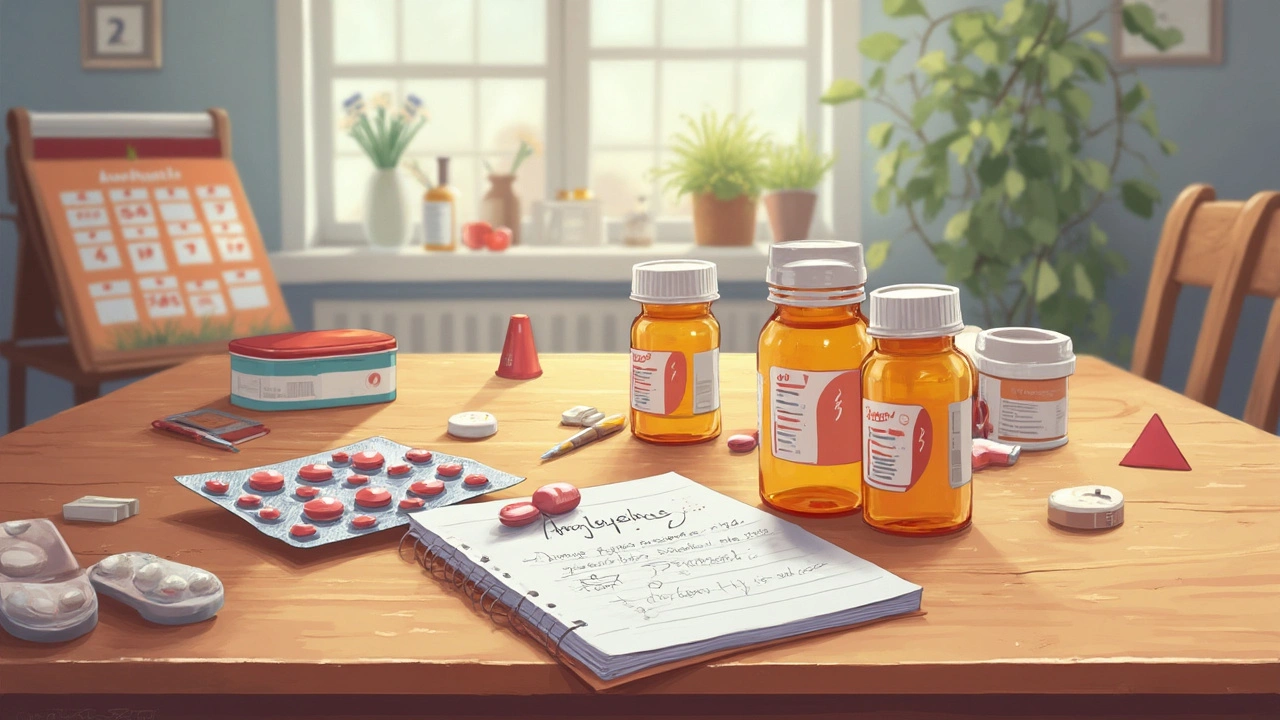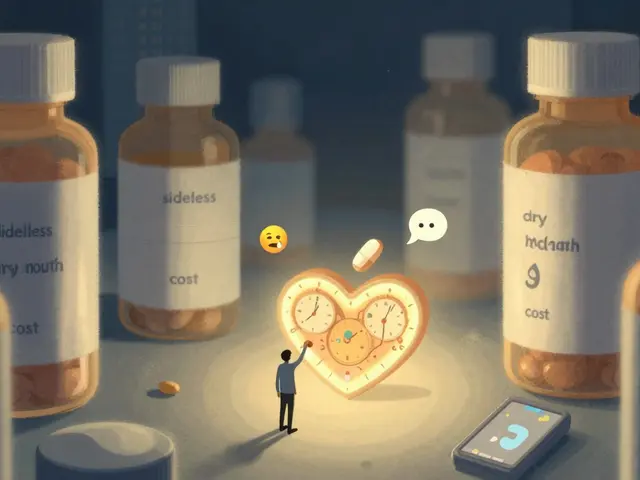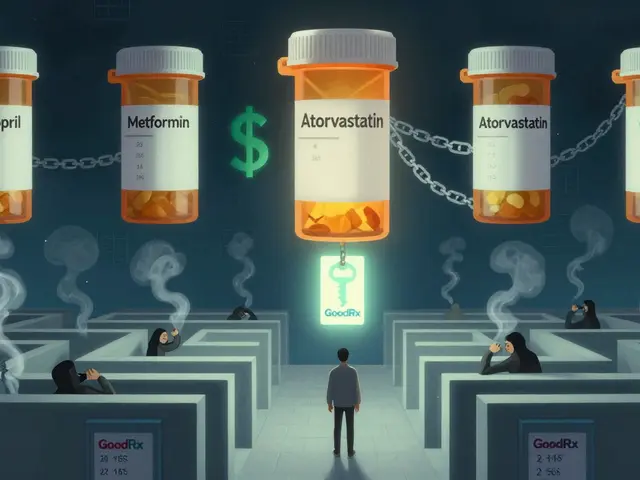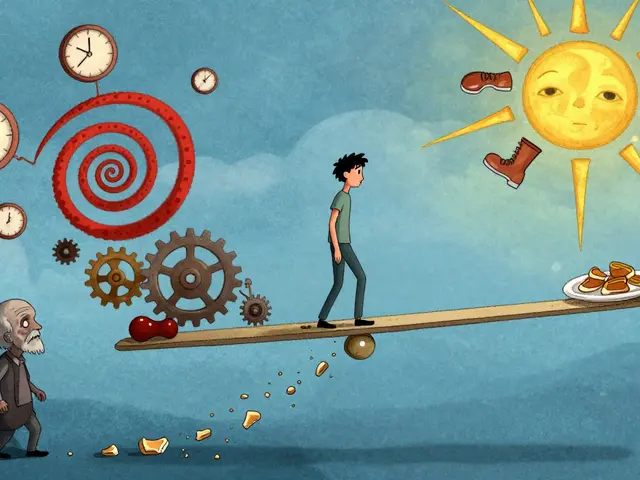Medication Tips: How to Use Medicines Safely and Smart
Medications help a lot — but small mistakes can cause big problems. These tips cut through the confusion and give you practical steps you can use right away: how to buy safely, avoid interactions, store meds properly, and stick to your plan.
Buying and ordering meds
When ordering online, check that the pharmacy looks real: a working phone number, a physical address, and clear prescription rules. Look for verification seals (for example, a national pharmacy board or NABP .pharmacy). If a site sells prescription drugs without asking for a prescription, walk away — that’s a red flag. Compare prices, but don’t chase the lowest price if safety signs are missing.
If you switch to a generic, ask your pharmacist about the active ingredient and dosage. That helps avoid accidental doubles if you’re taking multiple meds with the same ingredient. For travel, keep medicines in their original bottles with labels and bring a copy of your prescription or a doctor’s note.
Using meds correctly
Read the label and the leaflet. Take the right dose at the right time. Set a phone alarm or use a pill organizer if you miss doses easily. Don’t stop antibiotics early just because you feel better — that raises the risk of resistance. For long-term drugs like blood pressure pills or statins, talk to your doctor before stopping; sudden changes can be dangerous.
Watch for interactions. A few common ones: grapefruit can change how some cholesterol and blood-pressure drugs work; NSAIDs like ibuprofen can affect blood pressure and kidney function when taken with certain meds; and combining sedatives or opioids with alcohol is risky. Use a single up-to-date list of all your medicines (including vitamins and supplements) and share it with every clinician you see.
Pregnant or breastfeeding? Double-check every medicine with your doctor or pharmacist. Some drugs are okay, some need dose changes, and some should be avoided. If you’re trying to conceive, bring your medication list to preconception visits.
Store meds properly: cool, dry, out of reach of kids and pets. Don’t keep old or expired medicines — find a local take-back program or follow pharmacy disposal instructions. Never flush meds unless the label says to.
If side effects appear, note when they started and how severe they are. Mild nausea or dizziness might pass, but chest pain, severe rash, breathing trouble, or fainting needs immediate medical attention. Call your prescriber or local emergency number if you’re unsure.
Make the pharmacist your ally. They can check for interactions, suggest cheaper alternatives, explain how to take a drug, and flag risky combinations. A quick 5-minute chat can prevent mistakes and save money.
Use these practical steps to stay safe: verify pharmacies, stick to prescriptions, track your meds, store them right, and ask questions when something changes. Small habits make medicine work better and keep you out of trouble.
Amlodipine Interactions: How to Combine Medications Safely
Mixing medications with amlodipine can throw a wrench in your treatment if you’re not careful. This article breaks down common drug interactions, why they matter, and the smartest ways to handle your medicine cabinet. Get real-world tips for spotting risky combos and talking to your doctor. Stay safer by knowing what works (and what doesn’t) with amlodipine. Treat your daily pills with the respect they deserve.




